Editor: Xiao Hu Industrial Design Laboratory—BIN
Learning new knowledge, Introduction to the 51 Microcontroller
A working computer consists of several components: CPU (for computation and control), RAM (data storage), ROM (program storage), input/output devices (e.g., serial ports, parallel output ports, etc.). In personal computers, these components are divided into several chips, installed on a printed circuit board called a motherboard. In microcontrollers, all these components are integrated into a single integrated circuit chip, hence the name microcontroller (also known as MCU), and some microcontrollers also integrate other parts such as A/D, D/A, etc. They are compact, usually in a 40-pin package, but more feature-rich microcontrollers may have more pins, such as 68 pins, while less functional ones may have only a little over 10 or 20 pins, and some may even have just 8 pins.
The 51 microcontroller refers to all microcontrollers compatible with the Intel 8031 instruction set. The ancestor of this series of microcontrollers is Intel’s 8004 microcontroller, which made significant progress with the development of Flash ROM technology, becoming one of the most widely used 8-bit microcontrollers, represented by the ATMEL company’s AT89 series, which is widely used in industrial measurement and control systems. Many companies have launched compatible models of the 51 series, which will occupy a large market share for a long time to come. The 51 microcontroller is a basic entry-level microcontroller and is still one of the most widely used types. It is important to note that 51 series microcontrollers generally do not have self-programming capabilities.
The 80C51 is a typical variety in the MCS-51 series; other manufacturers have developed CMOS process microcontroller products based on the 8051 core, collectively referred to as the 80C51 series. Currently, commonly used 80C51 series microcontrollers include:
Intel: i80C31, i80C51, i87C51, i80C32, i80C52, i87C52, etc.;
ATMEL: AT89C51, AT89C52, AT89C2051, AT89S51 (RC), AT89S52 (RC), etc.;
Many products from Philips, Winbond, Dallas, Siemens, and other companies;
STC (domestic Hongjing) microcontrollers: STC89C51, STC89C52, STC89C516, STC90C516, and many other brands.
The pin diagram of the 80C51 chip is shown below:
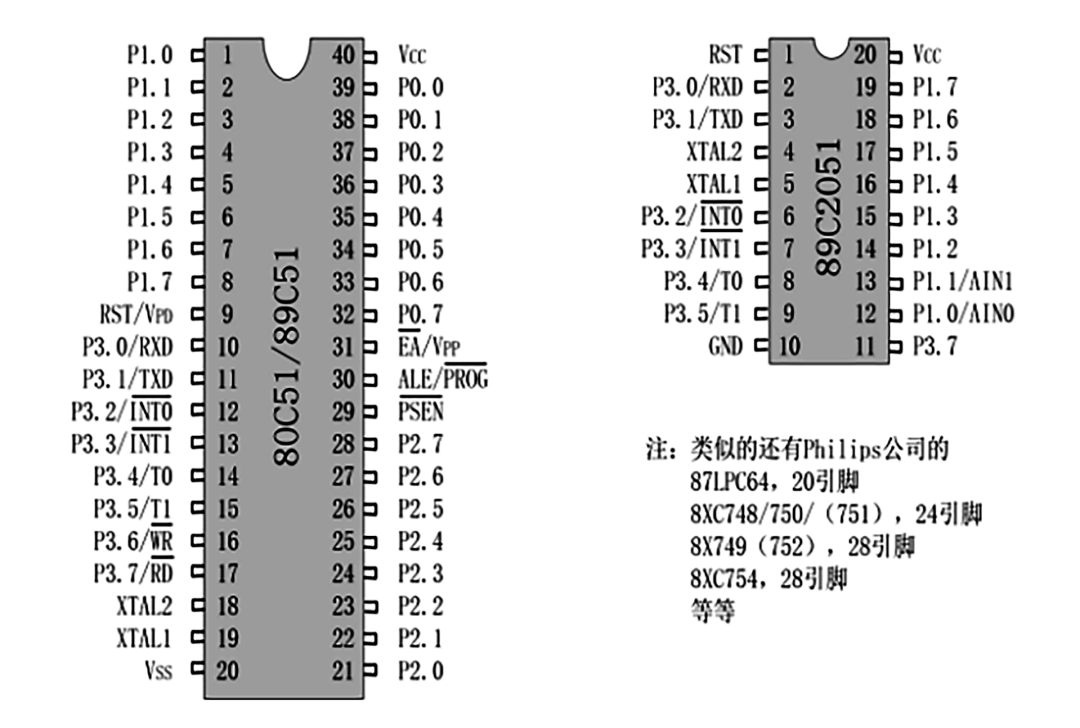
The left diagram in the image is a classic pin diagram of the 51 microcontroller, usually in a DIP-40 package.
Its internal resources are as follows:
· 8-bit CPU
· 4kbytes program memory (ROM) (52 has 8K)
· 128bytes data memory (RAM) (52 has 256bytes RAM)
· 32 I/O port lines
· 111 instructions, most of which are single-byte instructions
· 21 special registers
· 2 programmable timer/counters
· 5 interrupt sources, 2 priority levels (52 has 6)
· One full-duplex serial communication port
· External data memory addressing space of 64kB
· External program memory addressing space of 64kB
· Logical operation bit addressing function
· Dual in-line 40Pin DIP package
· Single +5V power supply
CPU: Composed of computation and control logic, also includes an interrupt system and some external special function registers;
RAM: Used to store read/write data, such as intermediate results, final results, and data to be displayed;
ROM: Used to store programs, some raw data, and tables;
I/O ports: Four 8-bit parallel I/O ports, which can be used for both input and output
T/C: Two timer/counters, which can operate in either timer mode or counting mode;
Five interrupt sources controlled by an interrupt control system;
A full-duplex UART (Universal Asynchronous Receiver-Transmitter) serial I/O port for serial communication between microcontrollers or between a microcontroller and a computer;
The internal oscillator and clock generation circuit require external quartz crystals and trimmer capacitors. The optimal oscillation frequency
is 6M—12M.
The internal structure diagram is shown below:
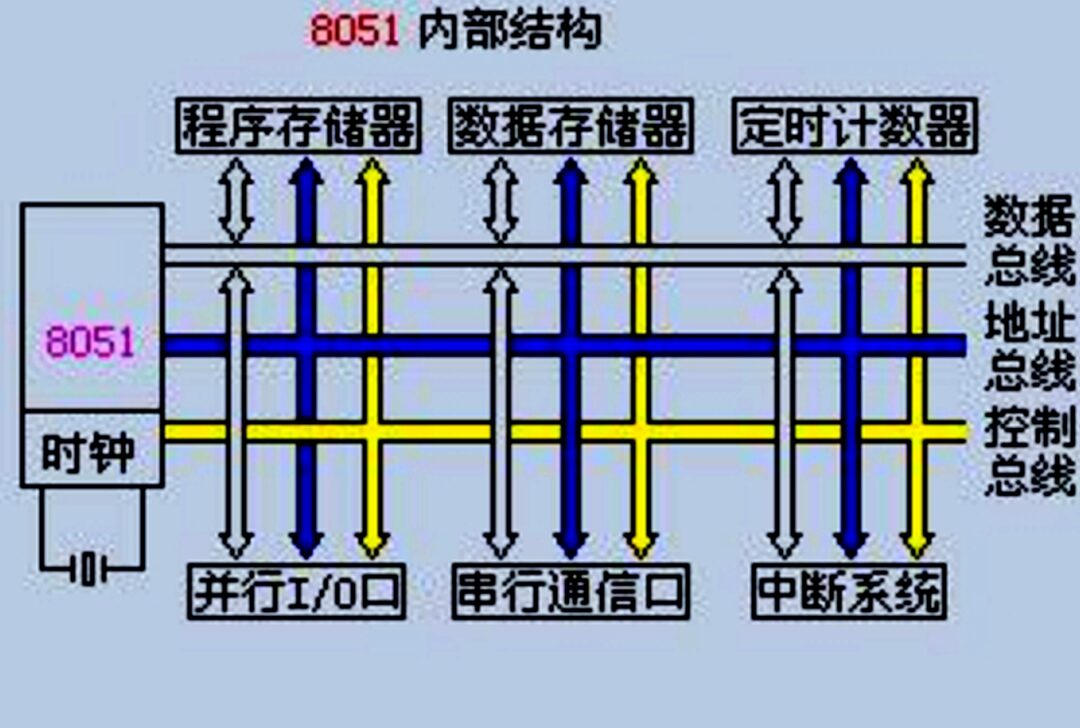
The bus (BUS) is a common channel for transmitting information between the components of the microcontroller. There are two types of buses in the microcontroller: internal bus and external bus; the internal bus refers to the connections within the CPU, while the external bus refers to the connections between the CPU and other components; there are three types of external buses: data bus DB (Data Bus), address bus AB (Address Bus), and control bus CB (Control Bus).
See you next time, welcome to follow + like + share
Solidworks22 Headphone Modeling Surface Tutorial
2024-04-19
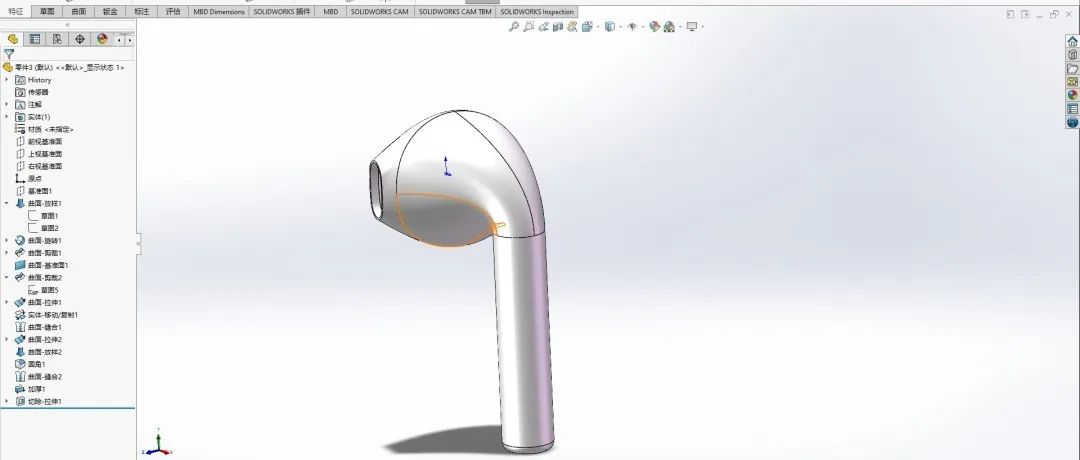
Solidworks22 Vase Modeling Method Practice
2024-04-09
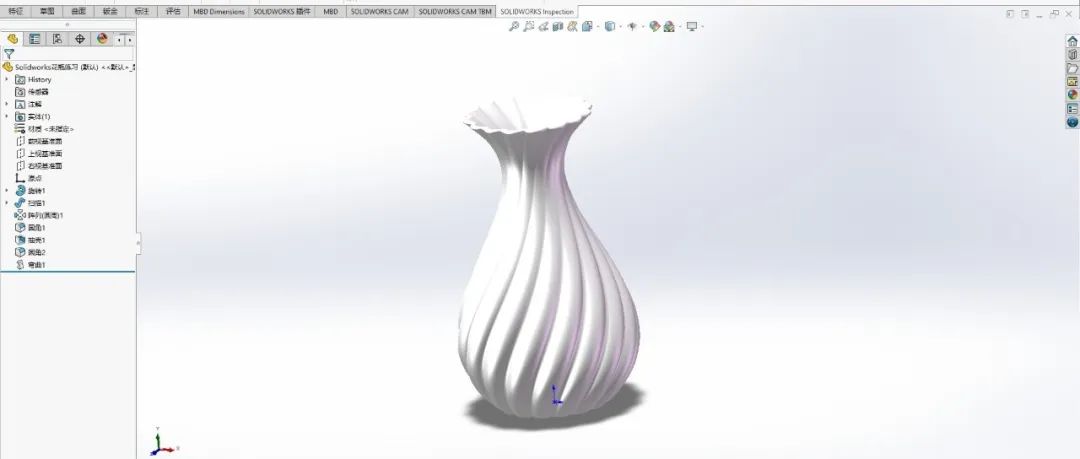
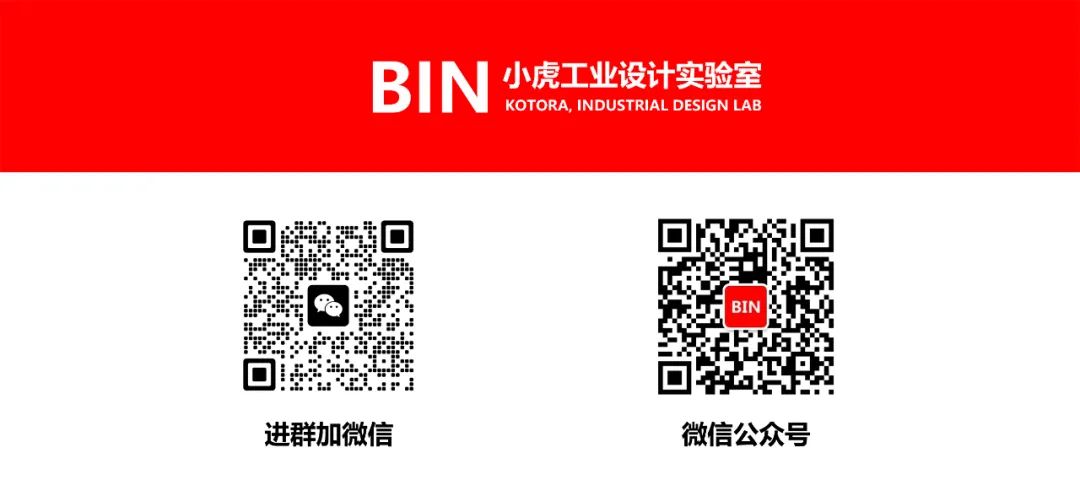
Xiao Hu Industrial Design Laboratory shares knowledge related to SolidWorks, Rhino, Keyshot, industrial design, product structure design, materials, processes, and other related industries, and is also a lifelong learner and practitioner. If it can be helpful to its readers, that would be great. Thank you for following + liking + sharing.